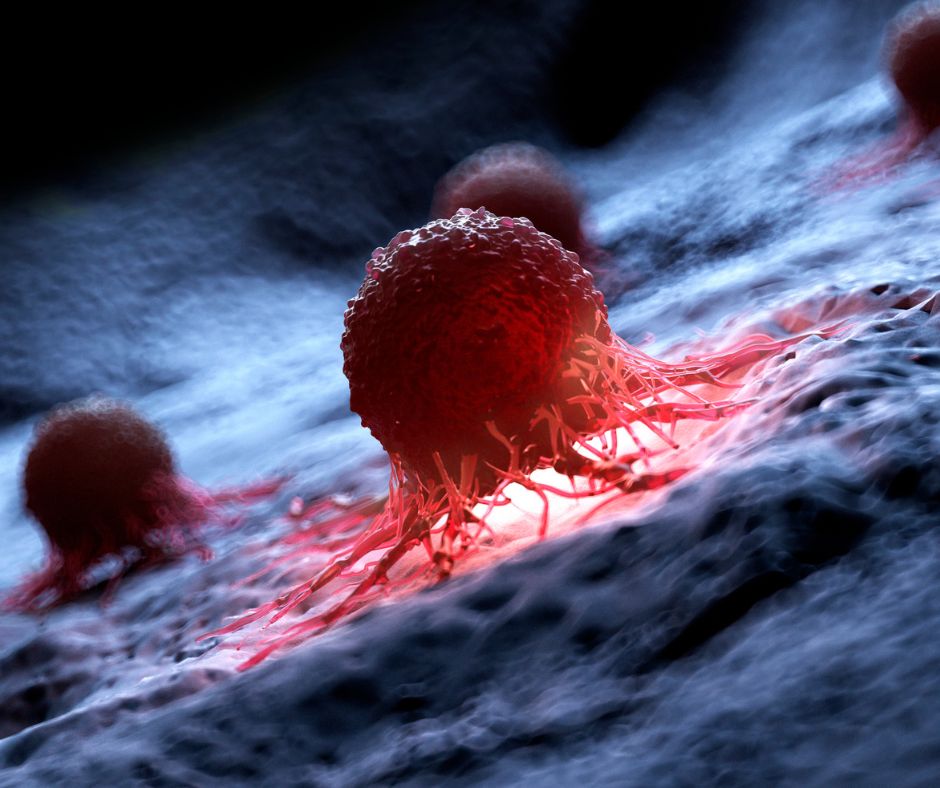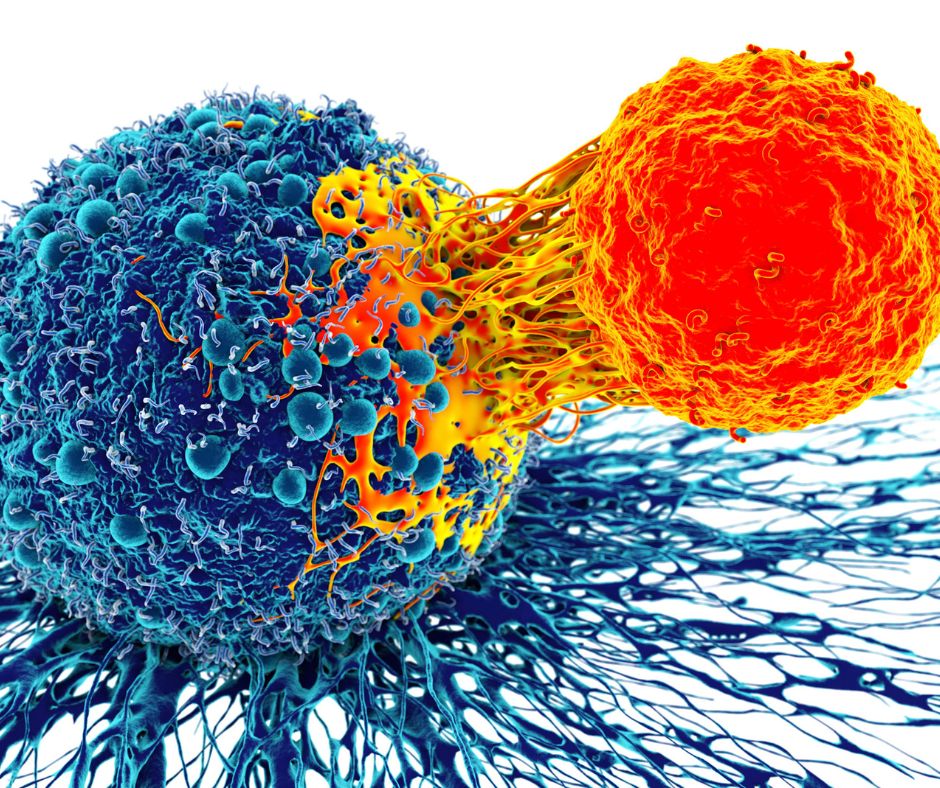There are no items in your cart
Add More
Add More
| Item Details | Price | ||
|---|---|---|---|

"Turning the tide in cancer treatment: How vibrating molecules are rewriting the future of oncology."
Wed Dec 27, 2023
"A vibrational breakthrough: Pioneering the future of cancer treatment with molecular precision."
In a groundbreaking discovery, scientists from Rice University, Texas A&M University, and the University of Texas MD Anderson Cancer Center have unveiled a novel method to combat cancer cells. This technique, unlike any before, uses mechanical forces at a molecular level to eradicate cancer cells, offering a new beacon of hope in the ongoing battle against this devastating disease.
The core of this new treatment lies in aminocyanine molecules, commonly used fluorescent synthetic dyes in medical imaging. When stimulated with near-infrared light, these molecules vibrate in unison, creating a force powerful enough to rupture the membranes of cancer cells. This method, aptly named "molecular jackhammers," showcases an unprecedented level of efficiency and precision in targeting cancer cells.
A critical component of this treatment is the use of near-infrared light, which can penetrate much deeper into the body compared to visible light. This ability allows the treatment to reach deeper-lying organs and bones, potentially treating hard-to-reach cancers without invasive surgery.
The effectiveness of this new method is remarkable. Laboratory tests have shown a 99 percent success rate in destroying cancer cells. Additionally, trials on mice with melanoma tumors revealed that half of the treated animals became cancer-free post-treatment.
This innovative approach marks a significant departure from traditional cancer treatments like photodynamic or photothermal therapies. By leveraging mechanical forces, this method offers a promising alternative that reduces the likelihood of cancer cells developing resistance.
This discovery is not just a step forward in cancer treatment; it's a leap. It opens up new avenues for research and treatment, moving away from chemical to mechanical methods at the molecular level. This could revolutionize how we approach cancer treatment, providing new hope and options for millions of patients worldwide.
The research, detailed in the prestigious journal Nature Chemistry, is a testament to the relentless pursuit of scientific advancement in the fight against cancer. As we continue to make strides in understanding and treating this complex disease, discoveries like this remind us of the power of innovation and the potential for a future where cancer can be effectively and safely treated.
Stay tuned for more updates on this exciting development in cancer research.

{{Sameer Kumar}}
I graduated from IIT Kharagpur and have been teaching Physics and Maths to Engineering (IIT-JEE) and Medical (NEET) entrance examination aspirants for the last six year.